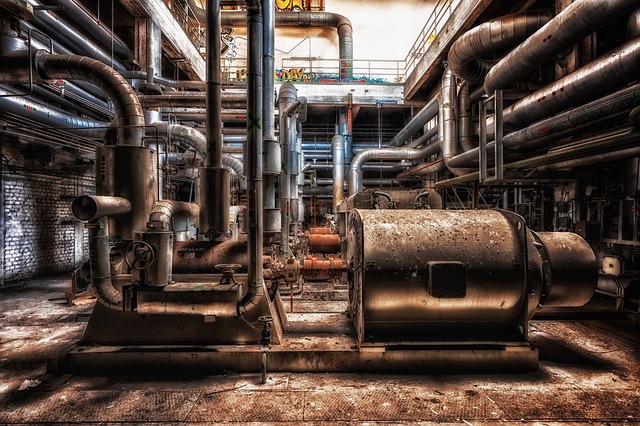Non-current assets, also known as long-term assets, are resources held by a company that are not expected to be converted into cash or used up within one year. These assets play a crucial role in generating revenue over an extended period, often contributing to the company’s operations and growth. Let’s delve into the key components of non-current assets along with real-world examples:
Contents
Property, Plant, and Equipment (PP&E)
- Definition: Tangible assets used in business operations that are expected to provide benefits for more than one accounting period.
- Example: Machinery, buildings, land, vehicles, furniture, and fixtures owned by a manufacturing company.

Intangible Assets
- Definition: Non-physical assets representing valuable rights or privileges with no physical substance.
- Example: Patents, trademarks, copyrights, goodwill, customer lists, and brand recognition associated with a technology company.
Investments
- Definition: Long-term investments made by a company in securities, properties, or other ventures not intended for immediate resale.
- Example: Equity investments in other companies, long-term bonds, and real estate properties held for rental income.
Long-Term Investments
- Definition: Securities or assets held by a company with the intention of holding them for more than one year.
- Example: Stocks, bonds, mutual funds, and government securities intended for long-term capital appreciation or income.
Deferred Charges
- Definition: Costs that are paid in advance and will become expenses over time as the benefits are consumed.
- Example: Prepaid expenses such as prepaid insurance premiums, prepaid rent, and prepaid advertising costs.
Non-Current Receivables
- Definition: Amounts due to a company that are not expected to be collected within the next year.
- Example: Long-term loans made to employees, customers, or suppliers with repayment terms extending beyond one year.
Why Non-Current Assets Matter
- Long-Term Growth:
- Non-current assets are essential for sustaining and expanding a company’s operations over the long term, contributing to its growth and success.
- Investor Confidence:
- Investors often assess a company’s non-current assets to gauge its long-term viability and potential for generating future profits.
- Strategic Decision-Making:
- Management uses non-current asset information to make strategic decisions regarding investments, expansions, and resource allocation.
- Financial Stability:
- A healthy balance of non-current assets demonstrates financial stability and the ability to withstand economic downturns and industry challenges.
Summary
Non-current assets form the foundation of a company’s long-term value creation. Understanding their nature and managing them effectively are essential components of sustainable business growth and financial success.
6 thoughts on “Non-Current Assets Dynamics: Strategic Wealth Wisdom”